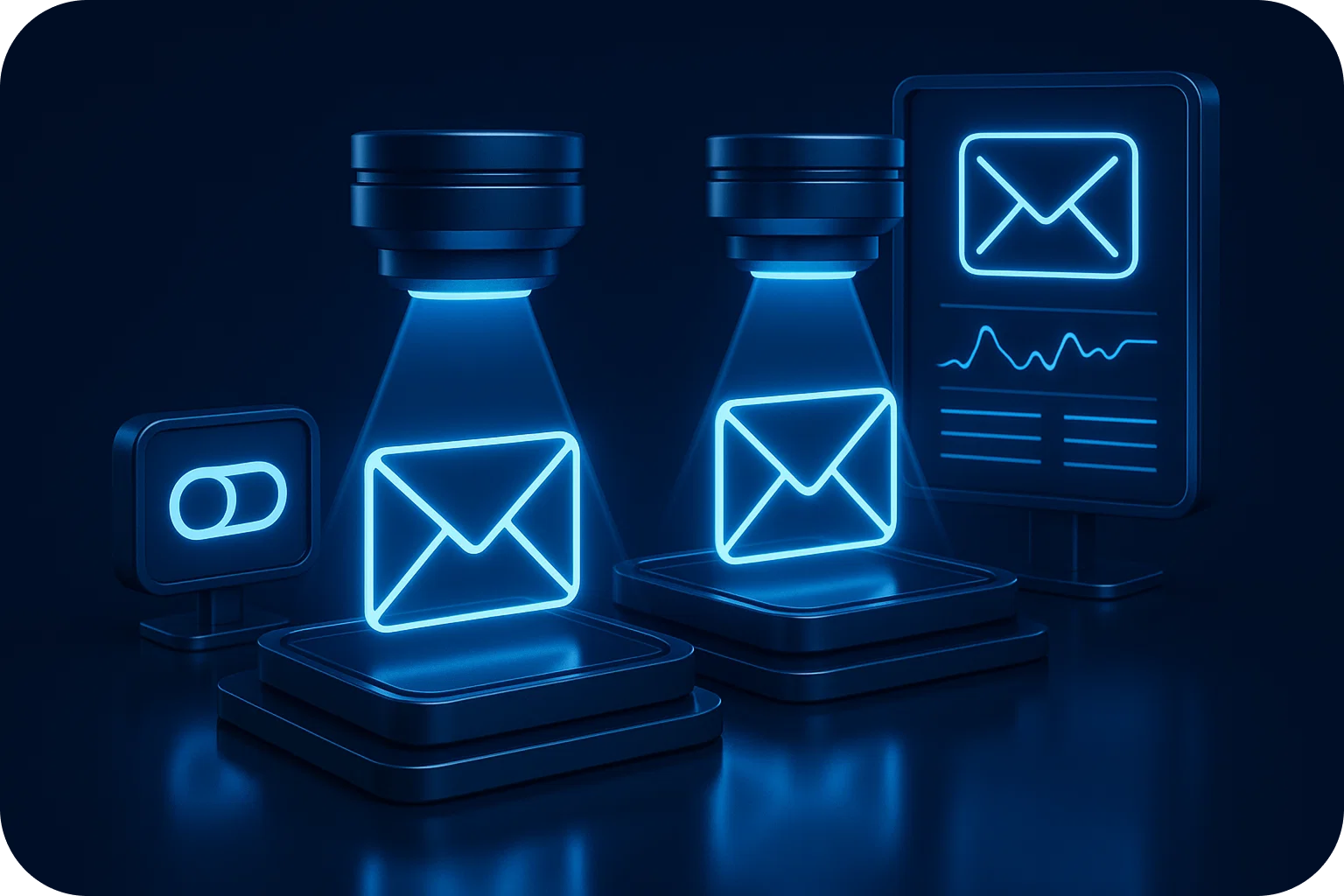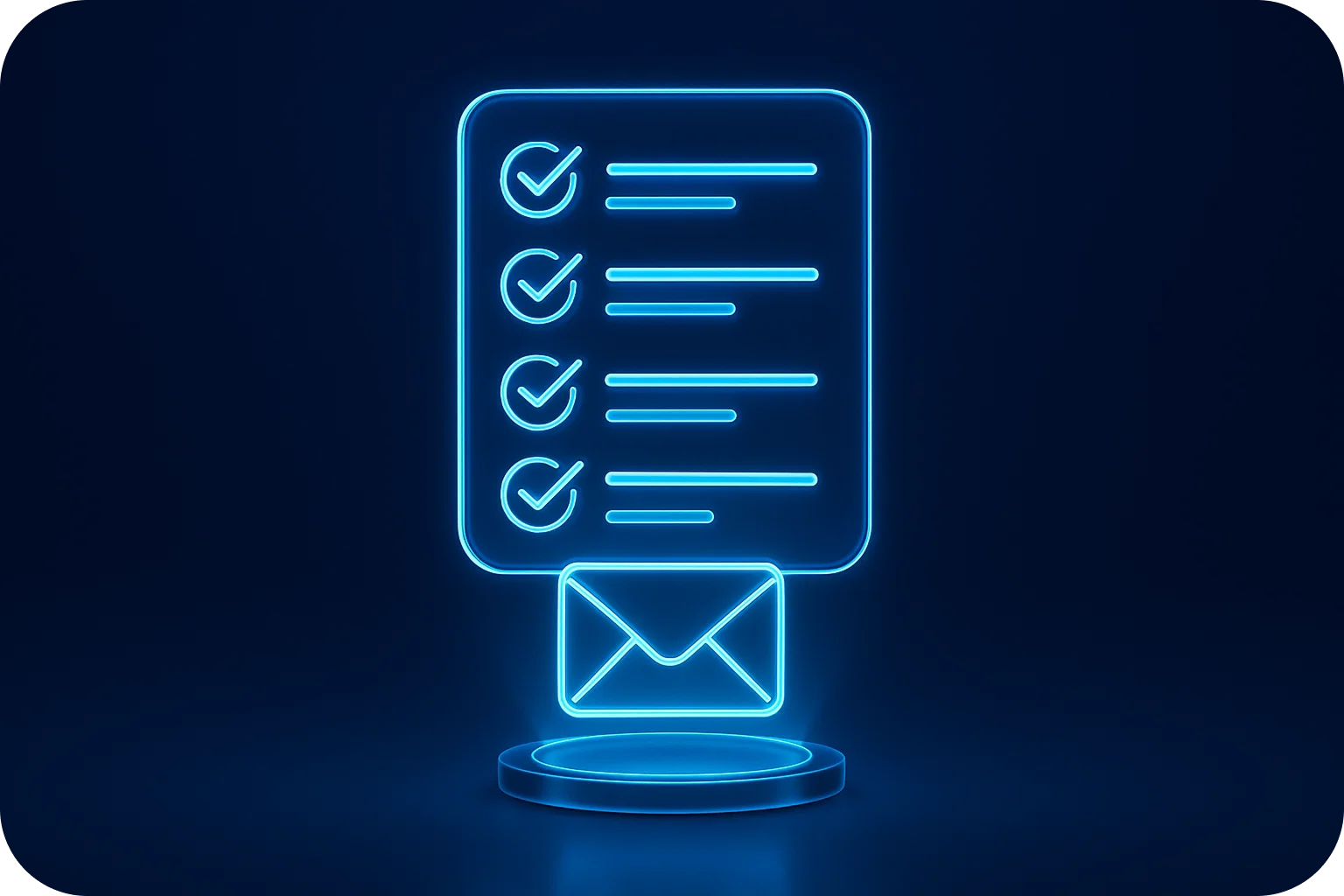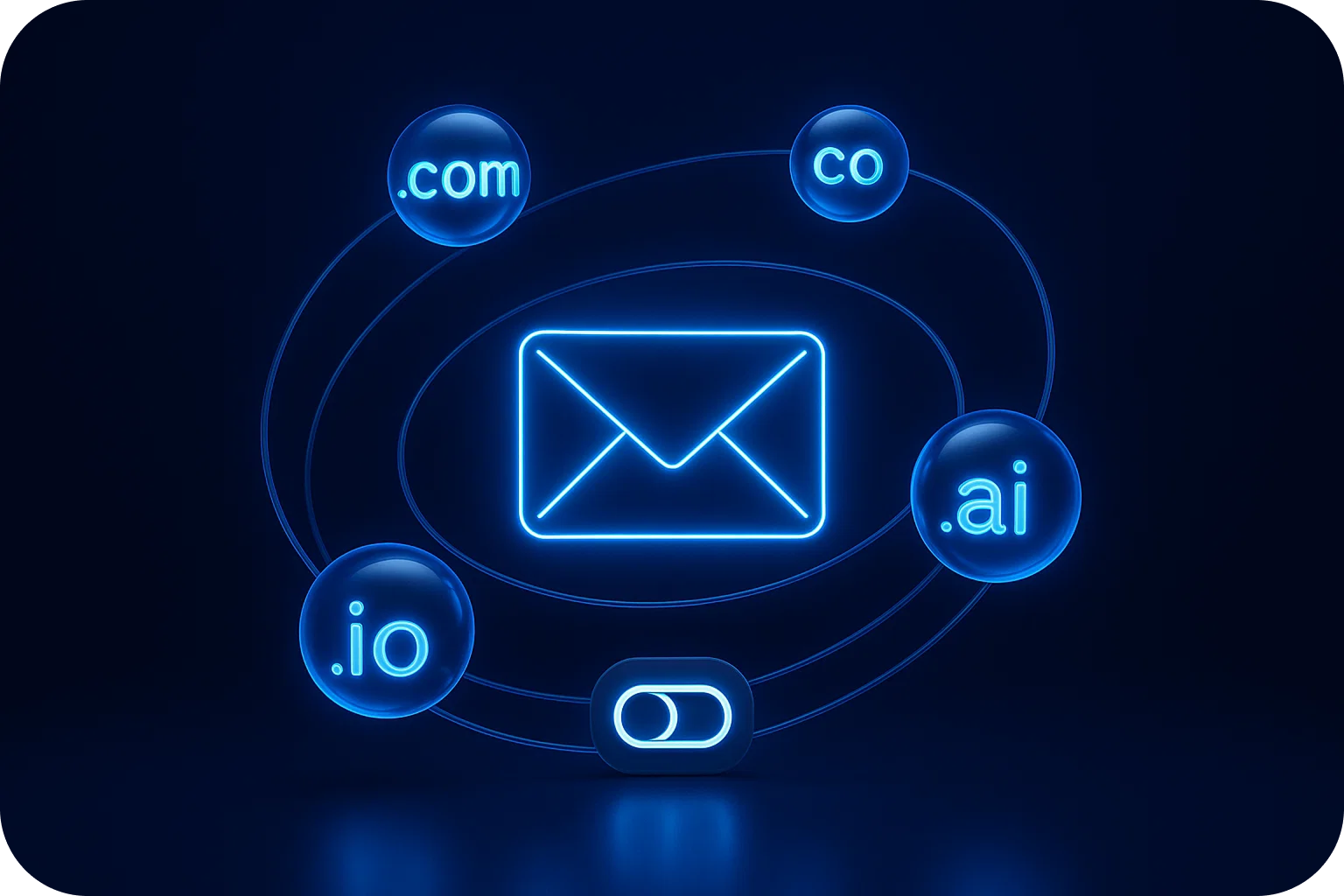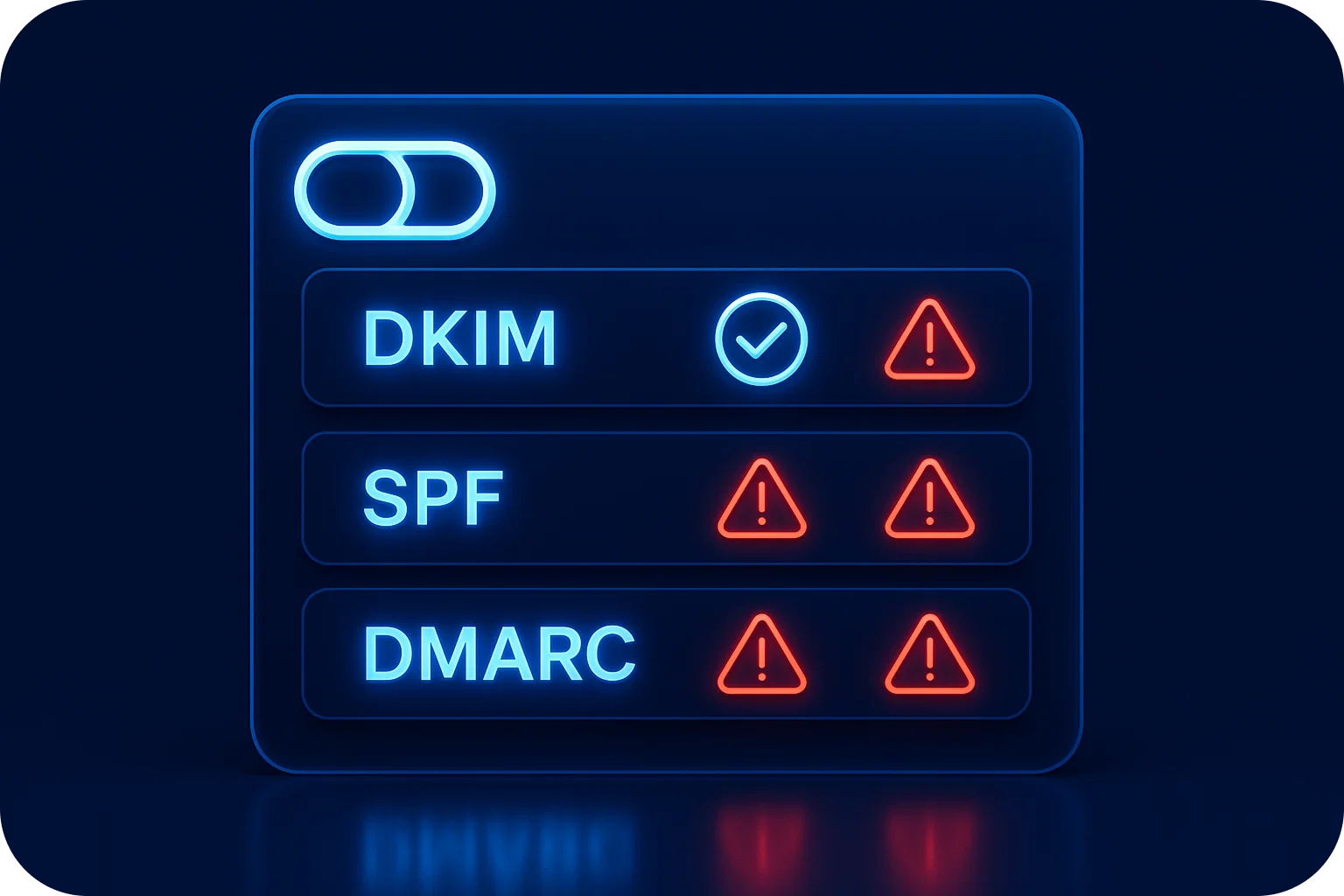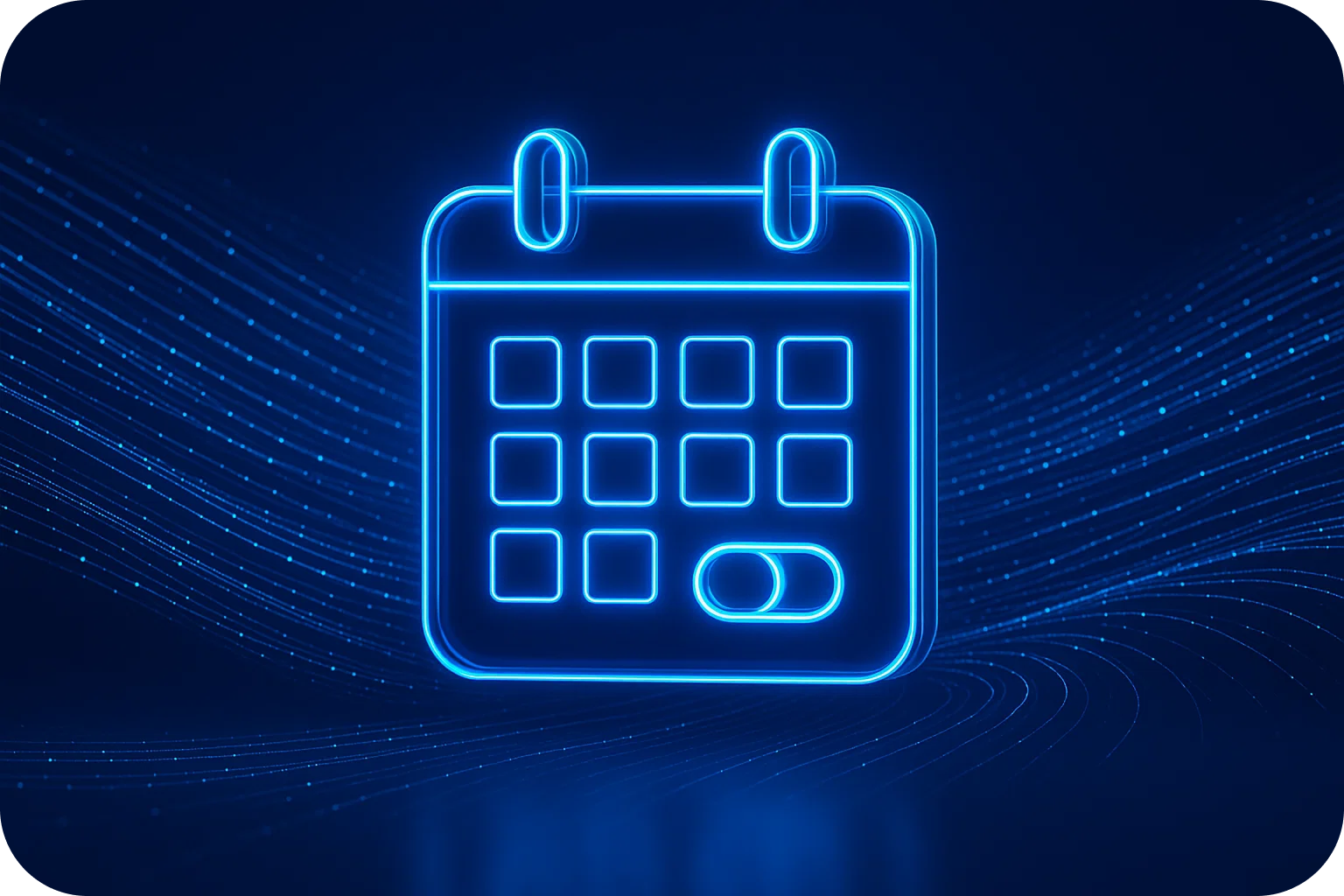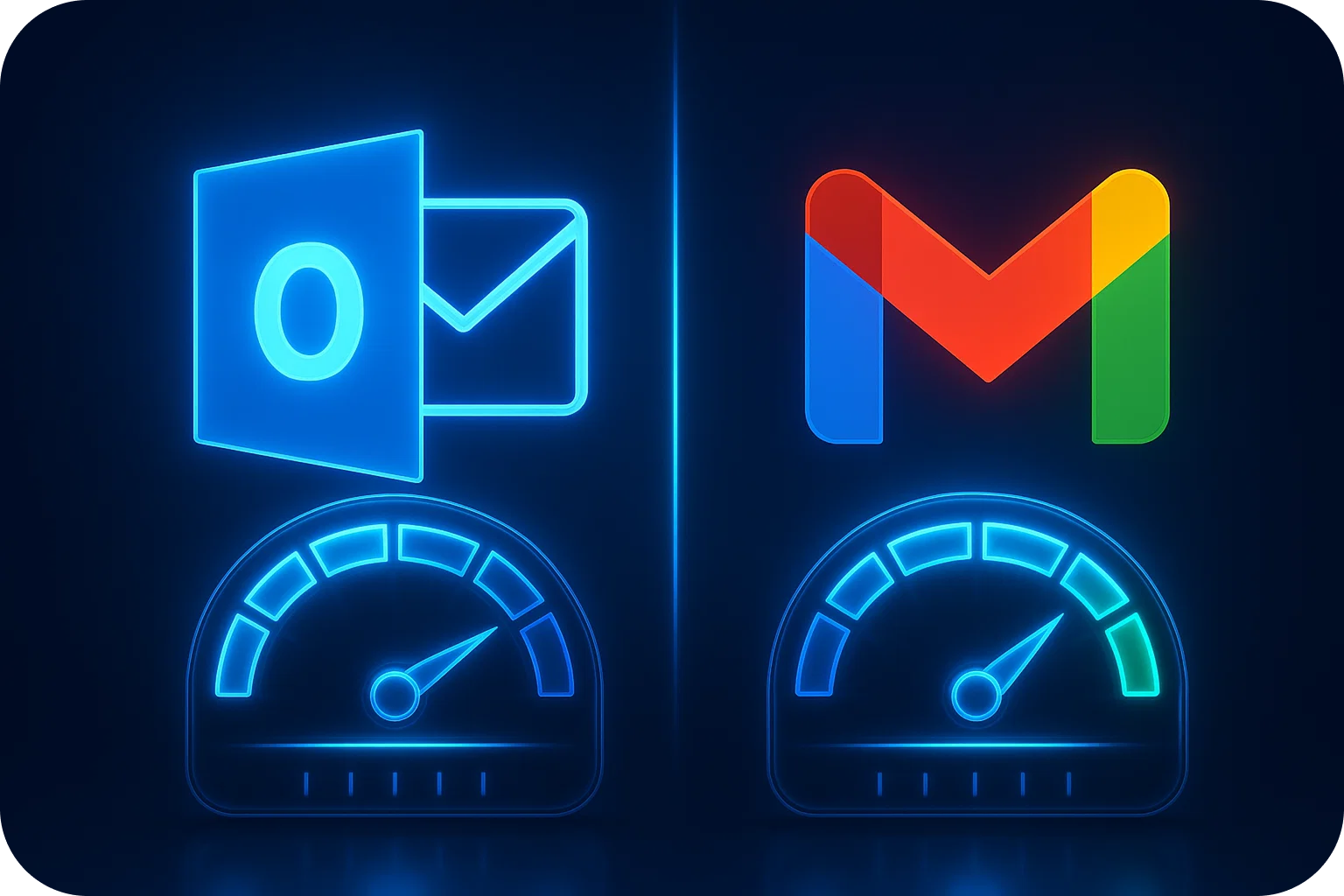Cold Email Copywriting Frameworks: 5 Formulas That Convert at 30%+

Cold email outreach remains one of the most cost-effective channels for B2B growth, but there's a massive gap between emails that get ignored and those that generate responses. The difference? A proven email copywriting framework that speaks directly to your prospect's needs.
After analyzing thousands of cold email campaigns with reply rates exceeding 30%, we've identified five conversion-focused formulas that consistently outperform generic outreach. These frameworks aren't theoretical; they're battle-tested by sales teams generating millions in pipeline.
Why Cold Email Writing Frameworks Matter
Most cold emails fail because they lack structure. Sales reps wing it, hoping their message resonates. But high-performing cold email writing follows predictable patterns that trigger psychological responses in prospects.
The right framework ensures your email:
- Captures attention in the first three seconds
- Builds credibility without sounding salesy
- Presents value before asking for anything
- Creates urgency without desperation
- Makes responding easy and natural
Let's break down the five frameworks that consistently deliver 30%+ conversion rates.
Framework #1: The PAS Formula (Problem-Agitate-Solution)
The PAS framework is the workhorse of high-converting cold email copywriting. It works because it mirrors how prospects actually think about their challenges.
Structure:
- Problem: Identify a specific pain point your prospect faces
- Agitate: Amplify the consequences of not solving it
- Solution: Present your offering as the natural answer
Example:
Subject: Your cold emails landing in spam?
Hi [Name],
Most sales teams scaling cold outreach hit the same wall—their emails start landing in spam folders instead of inboxes. [Problem]
When deliverability drops below 80%, your entire outreach machine stalls. Reps send hundreds of emails daily, but decision-makers never see them. Pipeline dries up, and leadership starts questioning the channel entirely. [Agitate]
That's why we built Mailpool—infrastructure that maintains 98% deliverability even at scale. Our customers send 100x more emails while landing in the primary inbox. [Solution]
Worth a 15-minute conversation?
[Your Name]
Why it works: The PAS formula creates emotional resonance before presenting logic. Prospects feel understood, making them receptive to your solution.
Framework #2: The BAB Method (Before-After-Bridge)
The BAB framework paints a vivid picture of transformation. It's particularly effective when your solution delivers clear, measurable outcomes.
Structure:
- Before: Describe the prospect's current frustrating state
- After: Paint the picture of their ideal situation
- Bridge: Show how your solution gets them there
Example:
Subject: From 12% to 35% reply rates
Hi [Name],
Right now, your team probably spends hours crafting cold emails, only to see single-digit reply rates. Every campaign feels like a gamble. [Before]
Imagine consistently hitting 30%+ replies. Your calendar fills with qualified meetings. Your reps actually enjoy prospecting because it works. Leadership sees cold email as a predictable revenue driver. [After]
The bridge? Proper email infrastructure. When you send from warmed domains with optimized deliverability, everything changes. That's exactly what Mailpool provides—the technical foundation that makes high reply rates possible. [Bridge]
Want to see how we'd set this up for [Company]?
[Your Name]
Why it works: People buy outcomes, not features. BAB makes the transformation tangible and desirable.
Framework #3: The AIDA Model (Attention-Interest-Desire-Action)
AIDA is the classic email copywriting framework that's stood the test of time. It's ideal for longer emails where you need to build a complete case.
Structure:
- Attention: Hook them with a compelling subject line and opening
- Interest: Present relevant information that keeps them reading
- Desire: Make them want what you're offering
- Action: Clear, low-friction call-to-action
Example:
Subject: [Name], scaling to 500 emails/day? [Attention]
Hi [Name],
I noticed [Company] recently expanded your sales team to 15 reps. Congrats on the growth. [Attention]
Most teams at your stage hit a technical ceiling around 300-500 emails daily. Beyond that, deliverability tanks, domains get blacklisted, and IT starts panicking about security. [Interest]
We work with 50+ companies your size who needed to scale cold outreach without these headaches. They're now sending 5,000+ daily emails with 98% inbox placement—no technical team required. [Desire]
I'd love to show you the exact setup. Does Thursday at 2pm work for a quick call? [Action]
[Your Name]
Why it works: AIDA guides prospects through a logical decision-making journey, addressing objections before they arise.
Framework #4: The Value-First Approach
This cold email writing framework flips traditional sales logic. Instead of asking for time, you give value upfront, no strings attached.
Structure:
- Personalized insight: Share something valuable and specific
- Relevant value: Offer a resource, tip, or introduction
- Soft CTA: Make the next step optional and easy
Example:
Subject: Quick deliverability audit for [Company]
Hi [Name],
I ran a quick check on [Company]'s email infrastructure and noticed your SPF record is missing a critical modifier. This could be why some of your cold emails aren't landing in primary inboxes.
I put together a 2-minute video walking through the fix—no signup required: [link]
If you want us to handle this kind of infrastructure management for your whole team, happy to chat. But the video should get you 90% of the way there regardless.
Cheers,
[Your Name]
Why it works: Reciprocity is powerful. When you give first, prospects feel compelled to engage. Plus, you've already demonstrated expertise.
Framework #5: The Social Proof Stack
This framework leverages credibility and FOMO to drive conversion rates. It's especially effective when targeting prospects in competitive industries.
Structure:
- Relevant proof: Mention similar companies or results
- Specific outcome: Share concrete numbers
- Implied scarcity: Suggest others are already benefiting
- Easy next step: Low-commitment CTA
Example:
Subject: How [Competitor] scaled to 10K emails/month
Hi [Name],
Three months ago, [Competitor] was in the same boat as most sales teams—maxed out around 1,000 cold emails monthly before deliverability tanked.
They switched to Mailpool's infrastructure and scaled to 10,000 emails/month while maintaining 97% inbox placement. Their pipeline increased 8x in one quarter.
We're doing the same for 12 other companies in [Industry]. If you're looking to scale outreach without the technical headaches, worth exploring.
Open to a brief call next week?
[Your Name]
Why it works: Social proof reduces perceived risk. When prospects see competitors succeeding, they don't want to be left behind.
How to Choose the Right Email Copywriting Framework
Each framework serves different scenarios:
- Use PAS when your prospect has a clear, painful problem
- Use BAB when you can articulate a dramatic transformation
- Use AIDA when you need to build a comprehensive case
- Use Value-First when targeting senior executives or hard-to-reach prospects
- Use Social Proof when you have strong case studies in the prospect's industry
The key is matching the framework to your prospect's awareness level and buying stage.
Common Cold Email Writing Mistakes That Kill Conversion Rates
Even with the right framework, these errors tank performance:
1. Generic personalization: "I saw you're hiring" isn't personalization, it's lazy research. Reference specific initiatives, recent content, or company changes.
2. Feature dumping: Prospects don't care about your features. They care about outcomes. Always translate features into benefits.
3. Weak subject lines: Your subject line is 50% of the battle. Make it specific, curiosity-inducing, or benefit-driven.
4. Vague CTAs: "Let me know if you're interested" is not a call-to-action. Propose a specific time or ask a yes/no question.
5. Too long: If your email requires scrolling on mobile, it's too long. Aim for 75-125 words.
Testing and Optimizing Your Cold Email Copywriting
Frameworks provide structure, but optimization drives results. Here's how to systematically improve conversion rates:
Test one variable at a time:
- Subject line variations
- Opening hooks
- Value propositions
- CTA phrasing
- Email length
Track the right metrics:
- Open rates (subject line effectiveness)
- Reply rates (overall message resonance)
- Positive reply rates (qualification accuracy)
- Meeting booking rates (CTA effectiveness)
Iterate based on data: If open rates are high but replies are low, your subject line is strong, but your body copy needs work. If opens are low, test new subject line angles.
The Technical Foundation for High-Converting Cold Emails
Here's the truth most email copywriting guides ignore: even the best-written email fails if it lands in spam.
Your cold email writing framework only matters if prospects actually see your message. That requires:
- Properly configured email infrastructure
- Warmed domains and inboxes
- Clean sender reputation
- Optimized deliverability settings
This is where most sales teams struggle. They focus on copy while ignoring the technical foundation that makes high-volume outreach possible.
Mailpool handles this infrastructure layer, automated domain setup, inbox creation, deliverability optimization, and DNS configuration so your carefully crafted emails actually reach decision-makers.
Putting It All Together: Your Cold Email Copywriting Action Plan
Ready to implement these frameworks? Here's your step-by-step plan:
Week 1: Audit and baseline
- Review your current cold email templates
- Identify which framework best fits each use case
- Document current conversion rates
Week 2: Rewrite and test
- Rewrite the top 3 email templates using appropriate frameworks
- A/B test against current versions
- Ensure technical infrastructure supports delivery
Week 3: Analyze and scale
- Compare conversion rates across frameworks
- Double down on winners
- Scale volume on best-performing templates
Ongoing: Optimize relentlessly
- Test new variations monthly
- Update frameworks based on prospect feedback
- Monitor deliverability as volume increases
Final Thoughts
The five frameworks in this guide have generated millions in pipeline for sales teams worldwide. But remember: great email copywriting only works when paired with solid technical infrastructure.
You can craft the perfect PAS sequence or compelling BAB narrative, but if your emails hit spam folders, conversion rates stay at zero.
That's why the most successful cold email programs combine persuasive copywriting frameworks with enterprise-grade deliverability infrastructure.
Start with these five formulas. Test them against your current templates. And ensure your technical foundation supports the volume you're planning to send.
When you get both elements right, compelling copy and reliable delivery, 30%+ reply rates aren't just possible. They're predictable.
Ready to scale your cold email outreach with infrastructure that supports high-converting campaigns? Mailpool provides the technical foundation that makes these frameworks work at volume. Get started in 10 minutes at Mailpool.
More articles
Get started now




%201.png)
